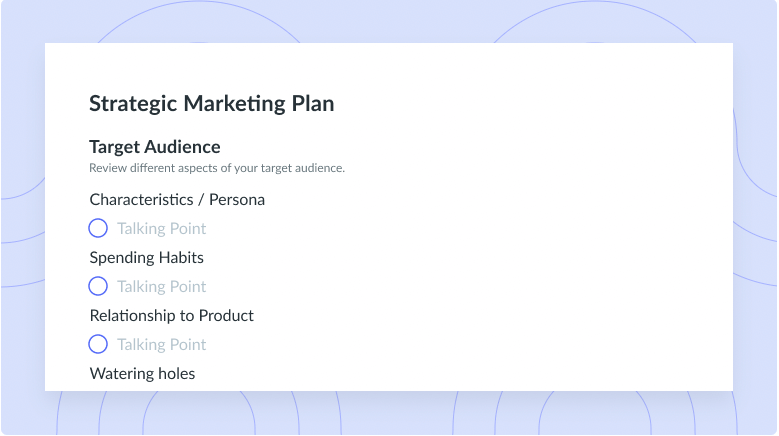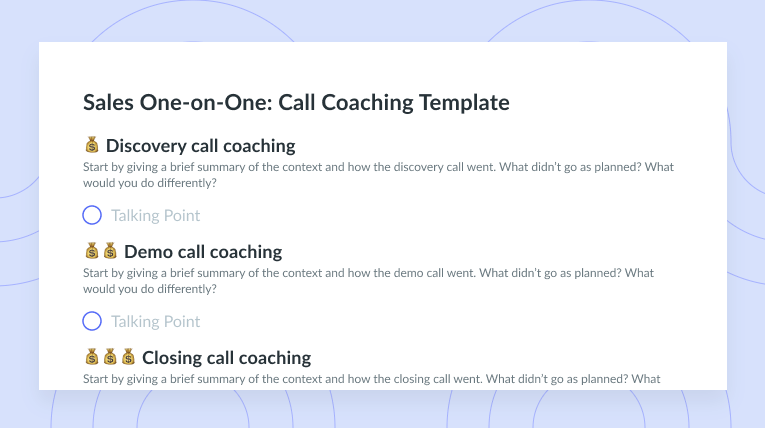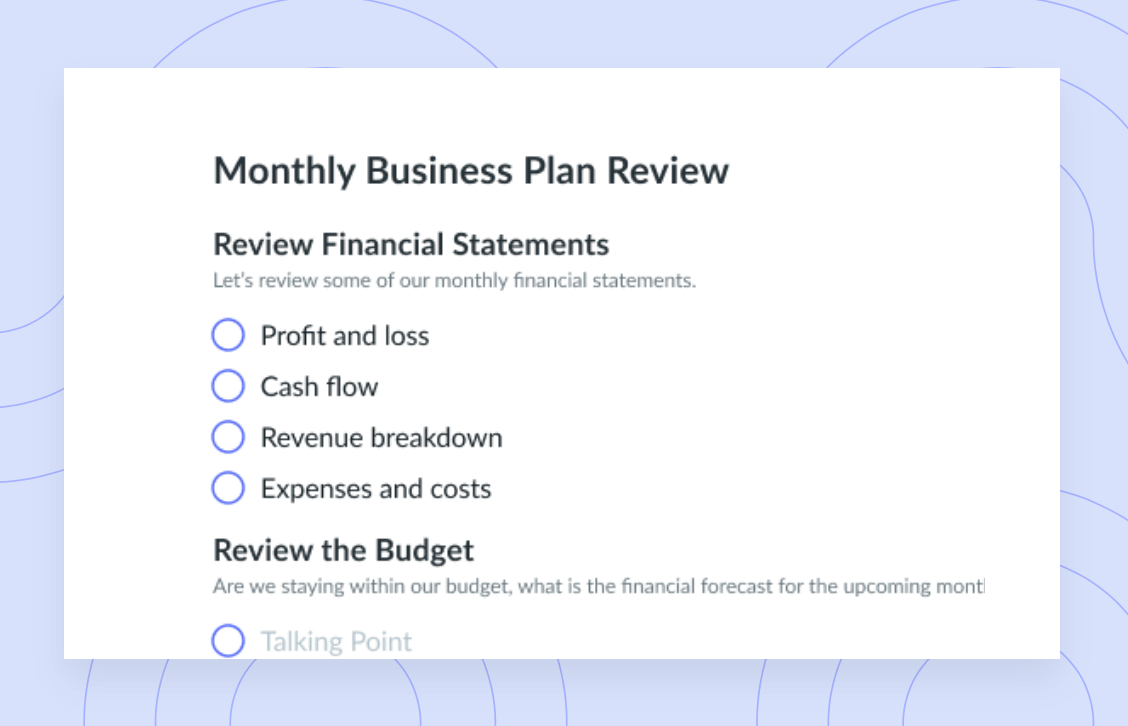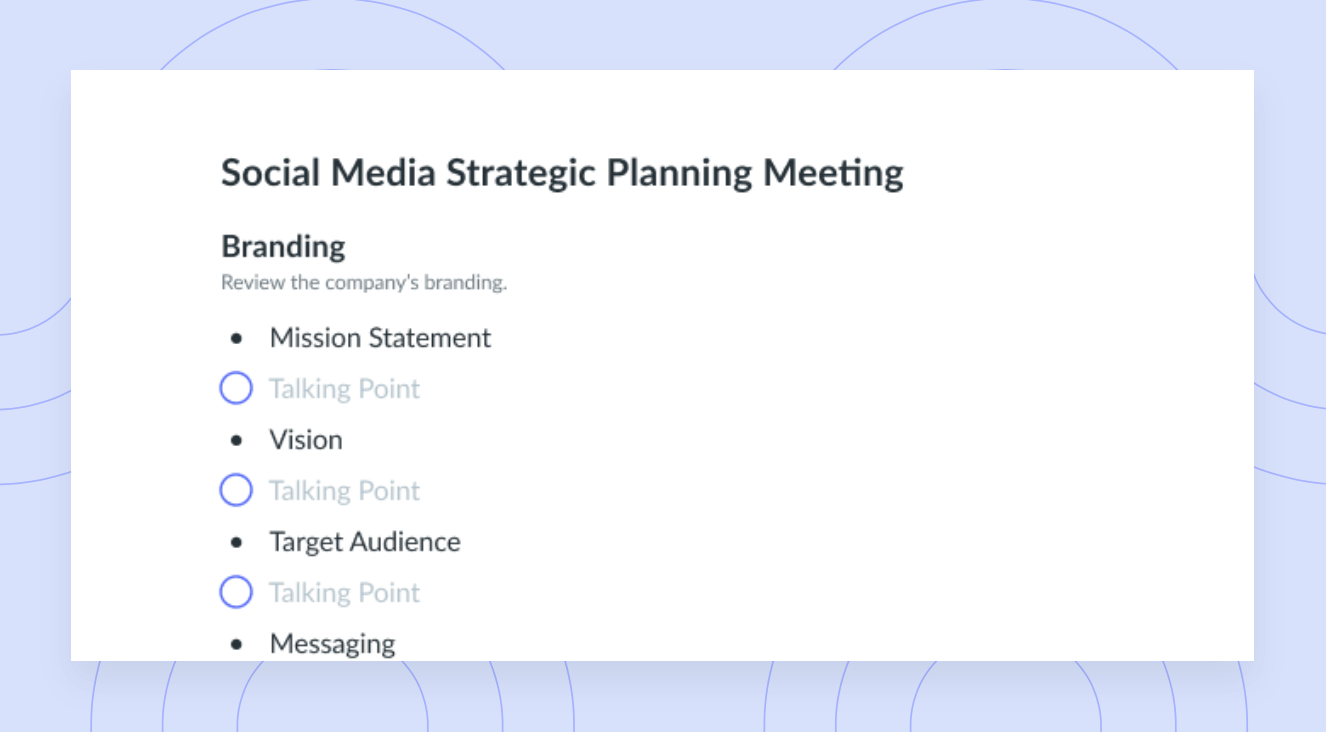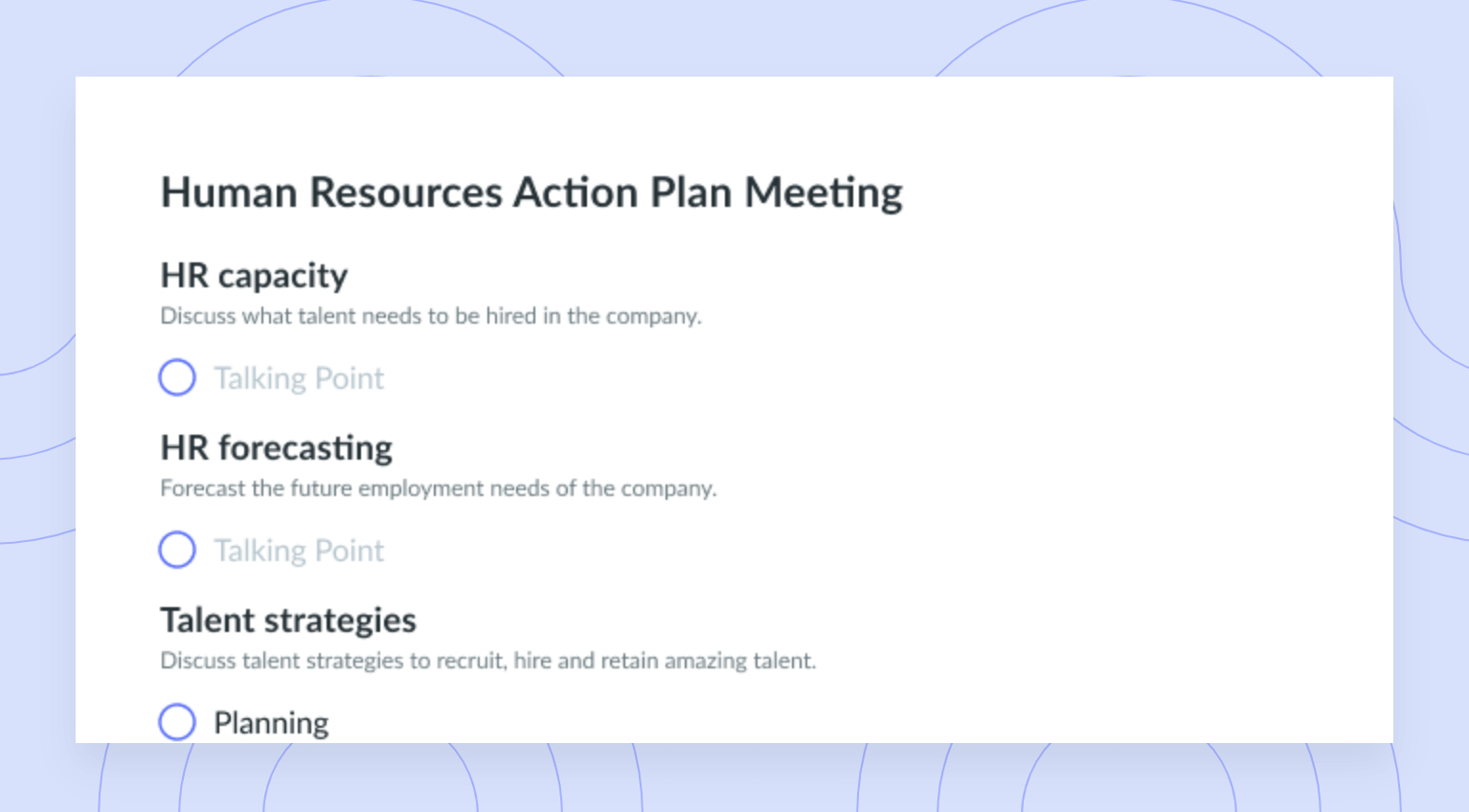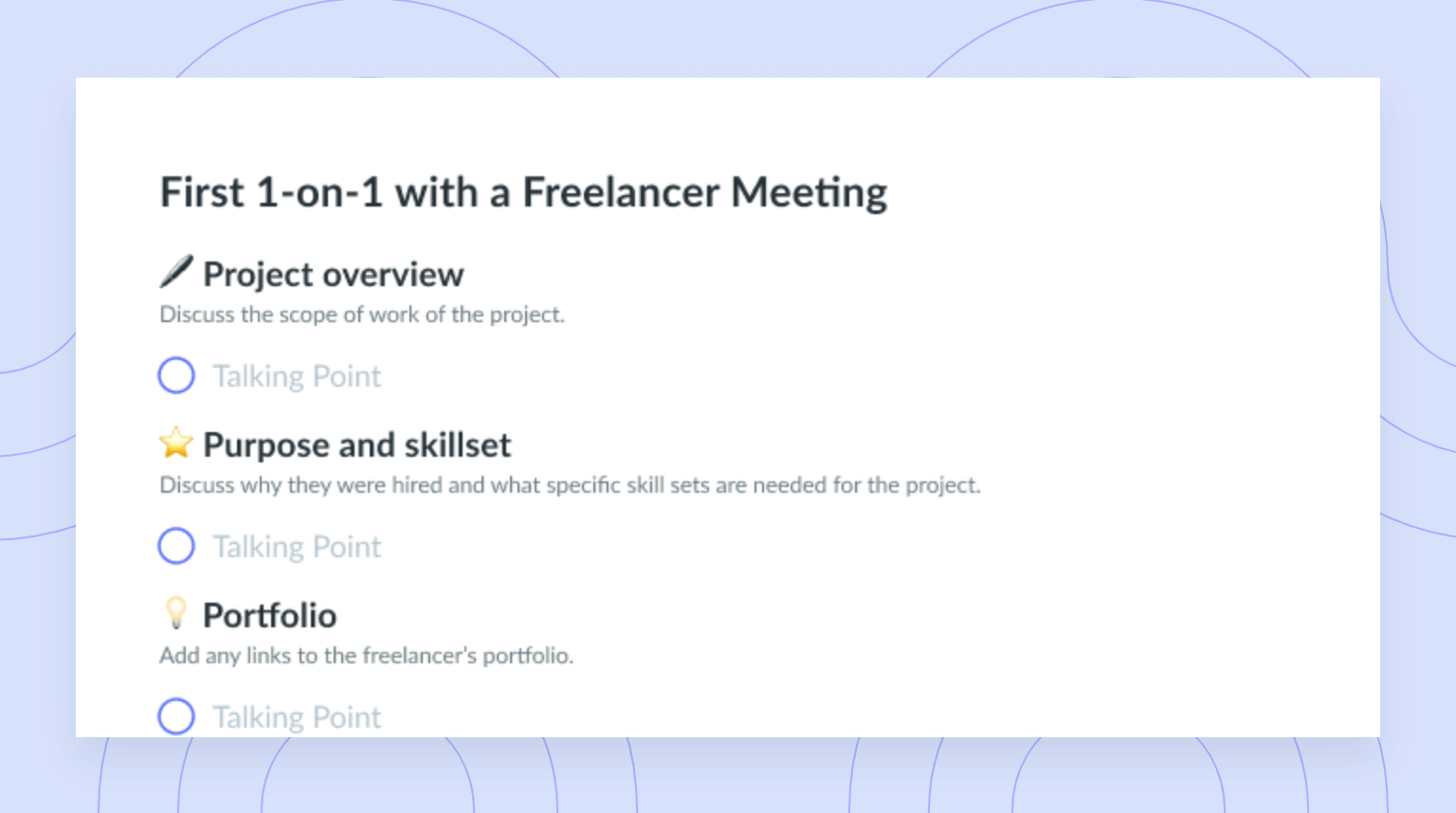Resource Management Plan: Benefits & 8 Steps to Create One
Using a resource management plan will help you be more prepared, efficient, and likely to stay under budget.
There are three fundamental goals in any project: get it delivered within scope, on or ahead of schedule, and at or under budget. However, 70% of projects fail by not meeting at least one of these three goals. Adopting a resource management plan, among other documentation and tracking tools, is a helpful step towards making better project decisions with ease and agility—to make it much more likely that your project hits all three indicators of success.
- What is a resource management plan?
- Benefits of creating a resource management plan
- 8 steps to create a resource management plan
What is a resource management plan?
A resource management plan is a project management document that tracks all resources for a given project and instructions for how the resources will be used. Types of resources that can be included in this plan include human resources (full-time employees, contractors, etc.), time (the number of hours each person has available throughout the project), and physical resources (tools, equipment, supplies, etc.).
It’s important to note that the resource management plan does not account for financial resources, as these are managed separately in the project’s budget management plan. In the instructions for how to use the resources, there are also process instructions for allocating, managing, and releasing resources throughout the project.

Managing a team?
Take control of your team meetings by having collaborative meeting notes and encouraging accountability with action items. Try a tool like Fellow!

Benefits of creating a resource management plan
- Measures project efficiency
- Ensures preparedness
- Fosters transparency
- Decreases the chance of burnout
1Measures project efficiency
It’s much easier to keep tabs on a project’s status if you have a benchmark of what resources you expected to use when you were first planning out your project’s requirements. When you hit project milestones, you can check in with your plan to ensure that you’re not over- or under-using resources. Additionally, the guides in the plan give team members clear instructions for handling each resource type, making it easy for them to make decisions on the fly and keep the project moving forward.
2Ensures preparedness
The primary reason that project managers adopted resource management plans in the first place is to help budget how much resources are needed to conduct a project. By planning this in advance, procurement teams are able to gather the necessary resources ahead of the project start date. The earlier you can secure your supplies, the less likely you are to face a delay in your project’s timeline.
3Fosters transparency
A team that honors transparency, honesty, and trust is much more likely to stay aligned throughout a project. A resource management plan helps you build these characteristics into your project team’s dynamic. By ensuring that everyone has equal access to view the resource plan, you create an environment where all stakeholders can better understand the project’s status, hold project workers accountable for over- or under-using resources, and provide new insights on how to better manage resources if needed.
4Decreases the chance of burnout
Working as a team is one of the best ways to reduce and avoid burnout for individuals. Experiencing burnout on your team means that you’ll lose out on valuable productivity, inspiration, and project motivation. Through a shared resource management plan that is communicated to the project committee, you can foster a culture of shared ownership which draws participation from all team members and ensures that all parties are supporting in the heavy lifting.
8 steps to create a resource management plan
- Establish project goals
- Set a budget
- Include the tools and equipment required
- Record the people needed
- Outline the facilities required
- Create a project timeline
- Define how progress will be measured
- Assign clear roles and responsibilities
1Establish project goals
What is the purpose of your project? What are you working towards?
Having clear, time-based, and realistic project goals will make it easier to measure out how many resources are needed to support the plan. Avoid being too vague with your goals and tie each goal to something attainable within the period the project is occurring. Keep in mind that you may have smaller goals within a larger goal if your project takes place over a year or longer. Some examples of project goals include:
- Improve food and menu quality.
- Increase employee satisfaction in the office.
- Build a carbon-neutral classroom.
- Clean all data in the sales contact database.
2Set a budget
While the resource management plan itself won’t track and manage your budget, it is helpful to know what the project budget is so you can work within it. Knowing the budget in advance helps you make decisions about things like outsourcing vs. hiring for the project’s duration or deciding on factors such as quality and convenience, which could potentially be much more expensive. Your project’s stakeholders should have a strong say in the budget and will also be able to help you make decisions around how much of the budget should be allocated to different resources (for example, maybe they prefer to have a specific low-quality resource if it means they can get it delivered faster).
3Include the tools and equipment required
Your resources aren’t just the people and materials needed to build the project. You also need to think through if you need specific tooling (for example, computer software or hardware tools) or equipment (for example, computers, mobile devices, tractors, vans). These supporting resources are very important in ensuring the job’s completion—and your project would be lost without them. Note that you need to include all resources on the list, even those you already have. The resource management plan is not just a “shopping list” of new things you need to get.
4Record the people needed
People are one of your most valuable resources! Consider any contractors, subject matter experts, engineers, specialists, administrators, assistants, or project support staff. This includes anyone who is working in any capacity on the project (for example, full-time, part-time, contracted, freelance, or casual employees). Also, keep track of the work hours that are needed on each task as this will help you calculate how many of each type of worker you need to hire.
5Outline the facilities required
Where is your project being completed? Do you need an office space for planning and having meetings? Do you need a lab, warehouse, or empty land space for executing project goals? Sometimes securing facilities and land can take extra time, so be as specific as possible about what requirements you have for each facility type. Adding details like the preferred neighborhood characteristics, geographic location, and nearby natural elements is also helpful.
6Create a project timeline
Your project timeline breaks down the time it will take to complete the project from beginning to end. It should include important milestones and dates throughout to help you know when to measure your project goals and see if you’re on track for completing the project on schedule. Any dependencies (in other words, anything that needs to be started or completed before the next sequential task begins) will also need to be highlighted on your project timeline. This helps with planning your resources as your procurement team will see by when they need to have each resource secured.
7Define how progress will be measured
It’s important to have some system for measuring project success so you know if you’re on track or falling short. Hosting regular status meetings with your project team is one great way to do this. Have every member of the project team bring an update on the resources used versus the results that have been achieved. To help make this information easy to track over time, consider adopting a meeting management tool like Fellow to help you list and track objectives, identify action items, and link documents like your resource plan directly to the meeting for easy referencing.
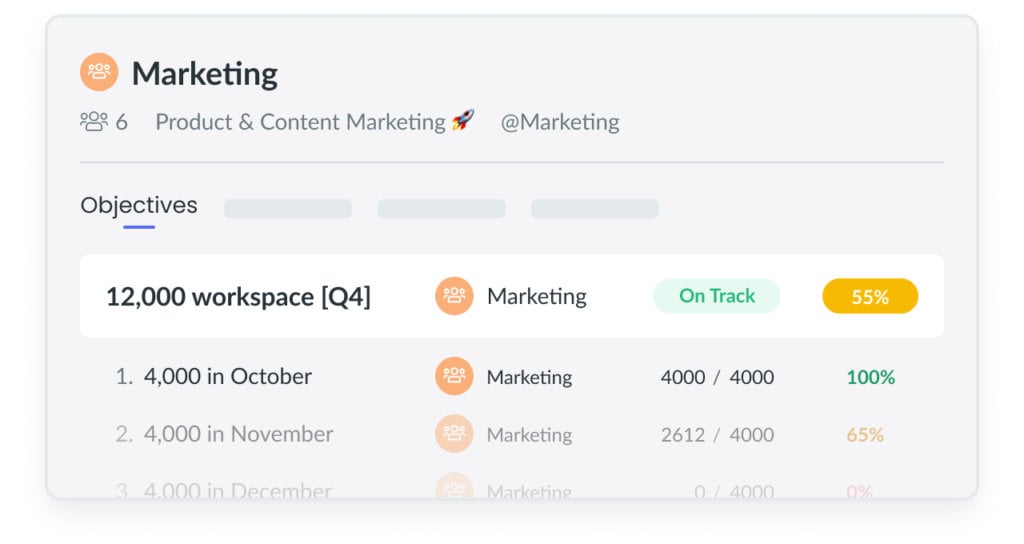
8Assign clear roles and responsibilities
Assigning responsibilities to each member of the project team is one part of organizing your project. You might choose to assign some people to procuring goods and services, tracking the use of resources throughout the project, or managing the resource status update meetings with the team. However, you divide your labor, make sure that the division is clear to all team members who are involved. This will make it easy for team members to go directly to the person responsible if they have any questions and makes the workflow more efficient.
Parting advice
As your projects grow in size and complexity, the need for documentation and tracking systems to keep projects organized grows significantly. A resource management plan is a great tool to help you plan, procure, and track the use of resources in your project, and it shouldn’t be undervalued. In project management, there is no such thing as over-relying on documentation to keep your plans organized. Check back frequently with your resource plan and update it throughout the project’s life cycle if you have significant project changes. Your ability to be prepared and agile during the project’s development will help you be much more likely to end your project within scope, on time, and under budget.









